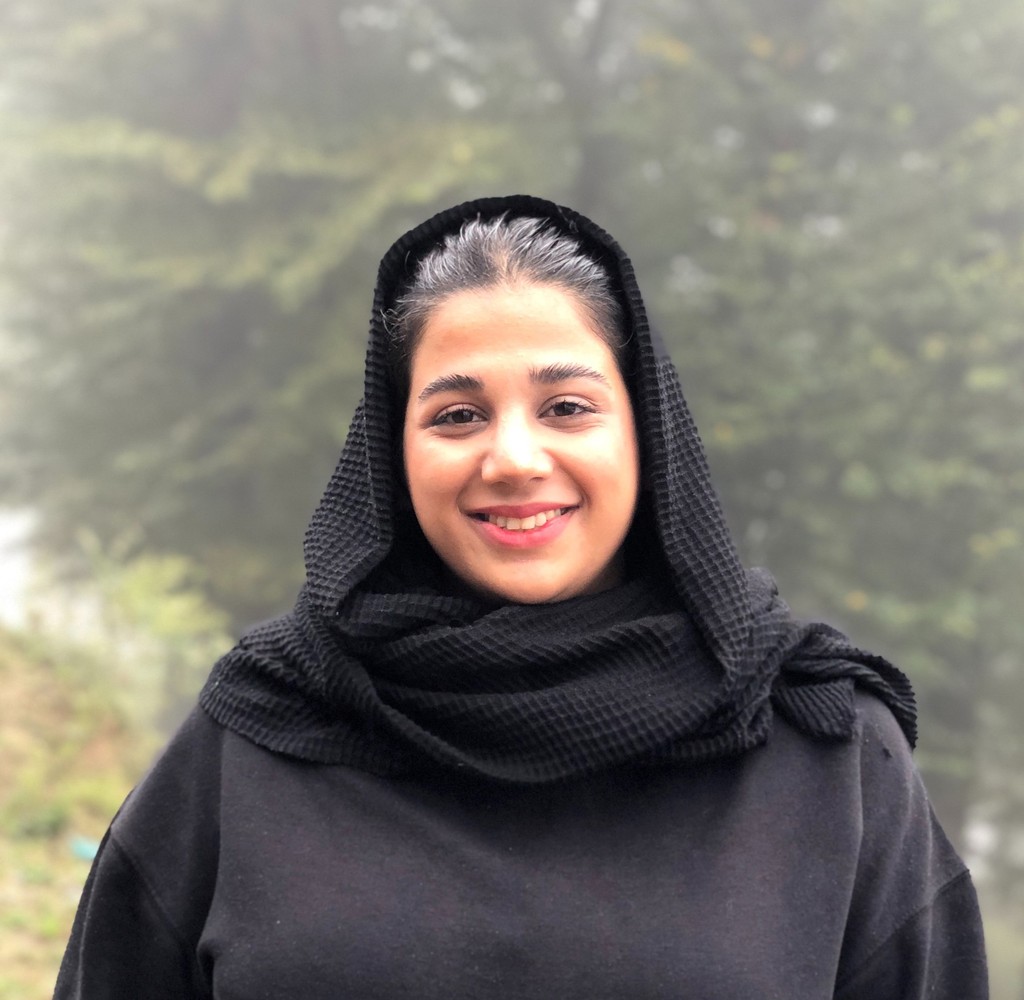Apple Tree Cultivation Suitability Analysis Using Soil and Environmental Data
Project Overview:
This project focuses on analyzing soil and environmental data to determine the best locations for planting apple trees. By using data from both the soil and the environment, we've built predictive models and analysis tools to simulate suitable growing conditions for apple trees.
Project Objectives:
Integrate soil and environmental data to understand soil conditions and geographical features.
Use machine learning algorithms (clustering and regression) to simulate ideal growing conditions.
Predict soil pH levels and other key parameters to determine suitable areas for apple tree cultivation.
Create interactive maps to display the results in an engaging way.
Project Steps:
1. Data Collection:
We started by gathering soil data (including pH, nitrogen, phosphorus, and potassium percentages) and environmental data (such as latitude and longitude).
2. Data Analysis:
Using descriptive statistics, we examined the data to identify missing values and better understand the overall dataset.
3. Data Processing:
We merged the soil and environmental data based on geographical coordinates, which allowed us to analyze the relationship between soil characteristics and location.
4. Machine Learning Model Development:
Clustering: We used KMeans clustering to group similar geographical points based on soil characteristics and environmental factors.
Prediction: Using linear regression, we predicted the soil pH in various regions, helping us determine which areas are more suitable for apple tree cultivation.
5. Results:
Correlation Analysis: We examined the correlation between soil characteristics to see how they relate to each other.
Clustering Results: We identified and visualized groups of regions with similar characteristics, helping us categorize locations based on suitability.
Predictions: We generated predictions for soil pH across the region, highlighting areas that would be optimal for planting apple trees.
6. Interactive Maps:
Using Folium, we created interactive maps that show the results of our clustering and prediction models. Users can hover over the map points to see the suitability of each area for planting apple trees, based on the soil pH and other features.

Technologies Used:
Python: For data processing, analysis, and machine learning algorithms.
Libraries:
pandas: For data manipulation and analysis.openpyxl: To work with Excel files.numpy: For numerical computations.sklearn: For machine learning models (KMeans clustering and linear regression).folium: To create interactive maps for data visualization.
Flask: We are planning to integrate this project into a web application that will allow users to upload their own data files and see the results.
Future of the Project:
Improving the Models: We'll refine the models to make them more accurate and add new features for a more comprehensive analysis.
Enhancing User Experience: We're working on improving the web interface for better usability and faster processing of user-uploaded data.
Expanding the Scope: We plan to add more soil parameters and expand the analysis to other agricultural applications.
if you don't have GitHub account, here you are!!





